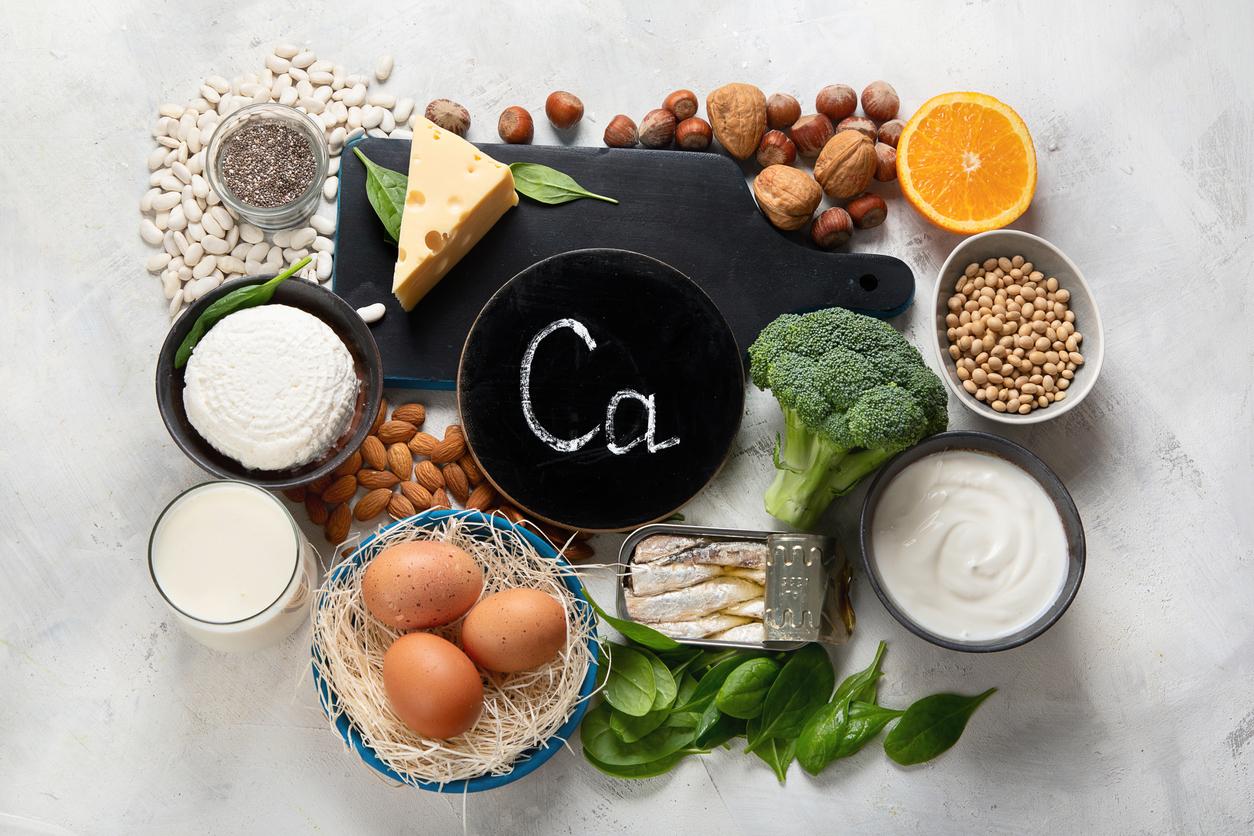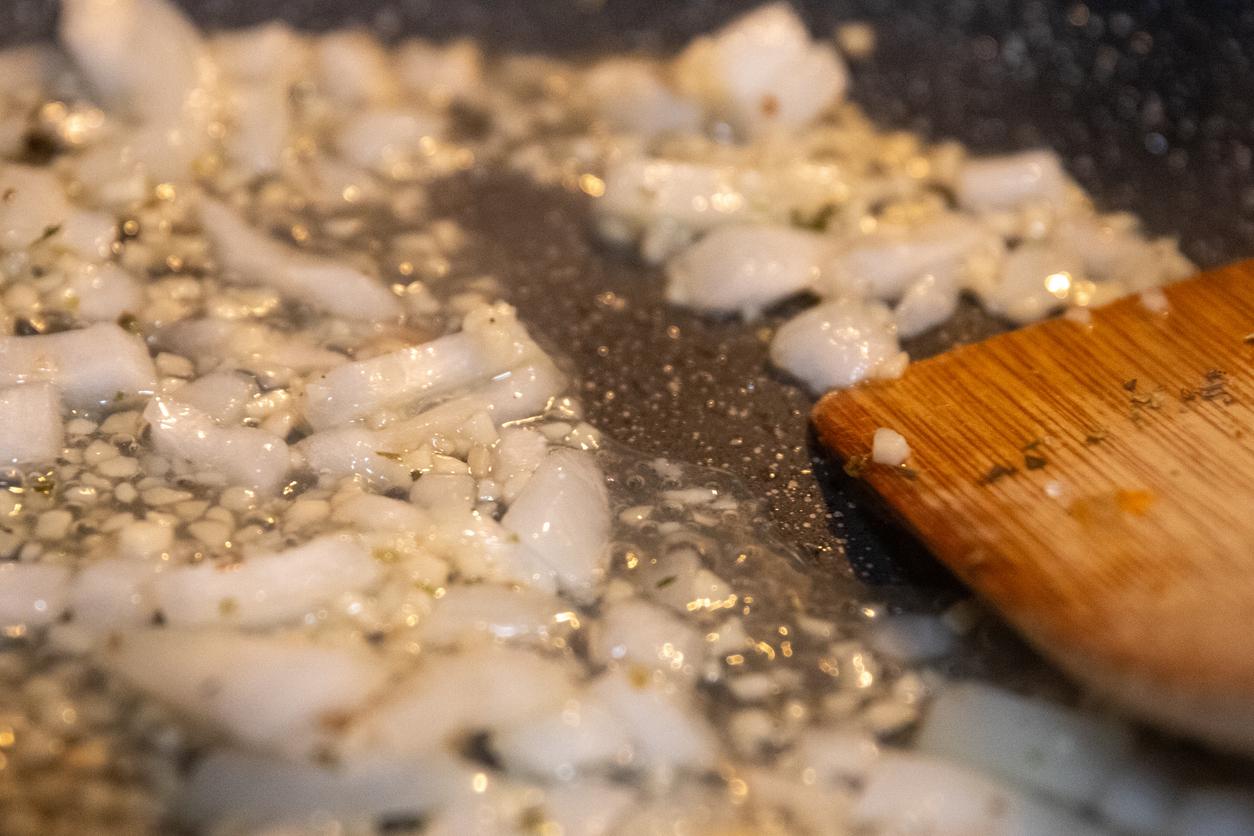A new decree requires food establishments to display their ratings for health control. This measure comes after a severe investigation by the CLCV published in February.

Here is a piece of news that may reassure some consumers. From July 1, the scores obtained by food establishments during health checks will be made public. So don’t be surprised if you see little blue smileys at the entrance to the restaurant next to you. The more or less broad smile of the small face will indicate to you the sanitary state of the establishment in which you are about to enter.
This measure was taken within the framework of the law of the future for agriculture, in a desire to “make transparent” the health controls in establishments throughout the food chain – from the restaurant to the canteen through the chains. industrial plants and slaughterhouses.
Sanitary experimentation in Paris and Avignon
In February 2016, a survey by the National Association for the Defense of Consumers and Users (CLCV) published on the website of the Ministry of Agriculture revealed the results of an experiment carried out in 15,000 Parisian restaurants and 200 restaurants in Avignon from July 12 to December 31, 2015.
Paris appears on the bench of bad pupils, since only one restaurant in three obtained a good rating: 34% of establishments obtained a “very satisfactory” certificate, 54%, “satisfactory”, and 8% received the injunction of ” improve their hygiene measures. In Avignon, on the other hand, the situation is much more satisfactory, since 62% obtained a “good” level of hygiene, 37% an “acceptable” level, and 1% a “need to improve” level.
Increase in food poisoning
The results of this survey came in the context of an increase, since 2002, of collective food poisoning (TIAC) declared in commercial restaurants. According to the Institute for Health Watch (InVS), in 2013, commercial catering was TIAC’s number one location (39% compared to 33% in collective catering and 28% at home). The three pathogens most frequently involved were Staphylococcus aureus (31%), Bacillus cereus (23%) and Salmonella (11%).
.














